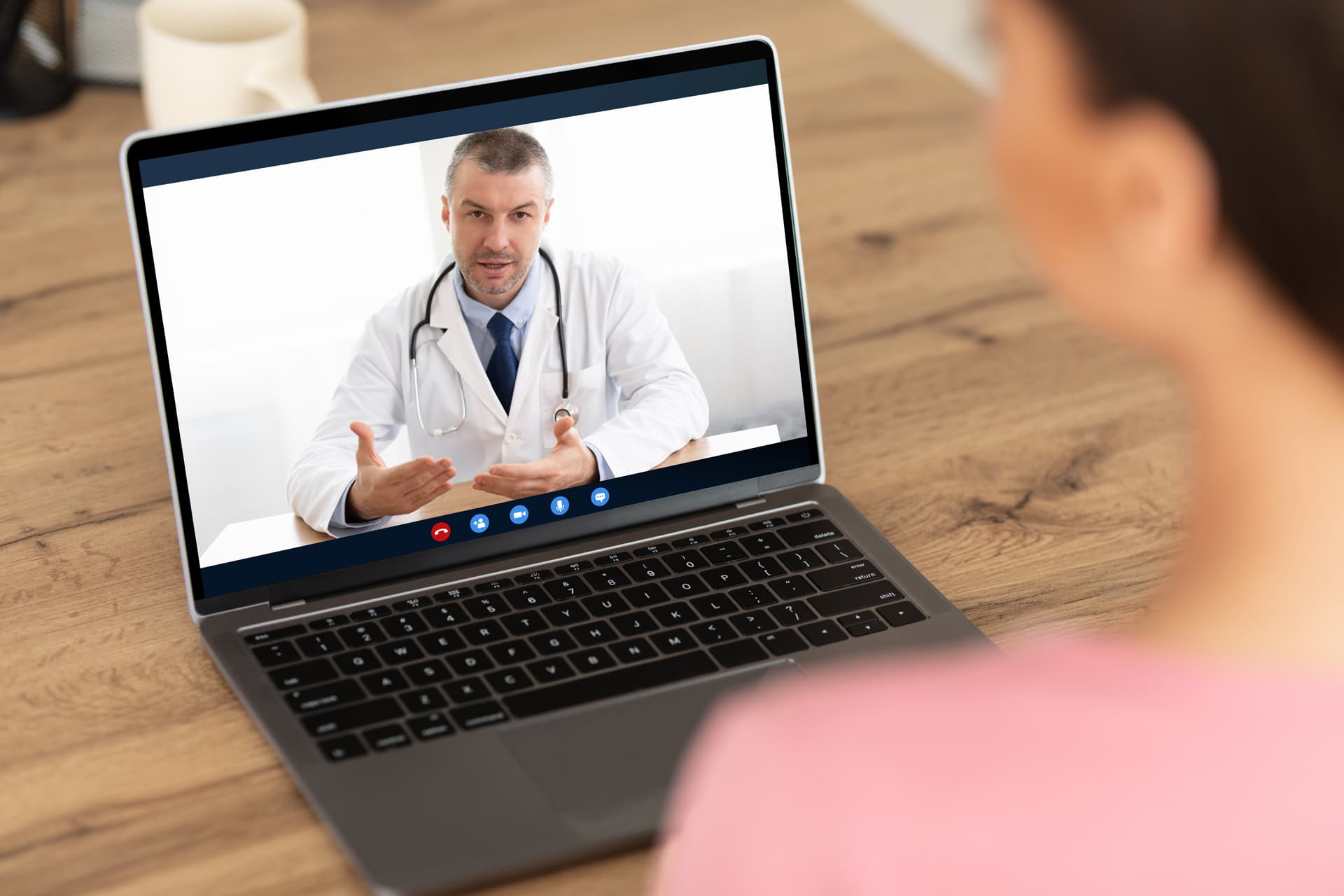
If someone told you ten years ago that you’d be having your annual checkup with your family doctor while wearing your favorite sweatpants on the comfort of your living room couch – no audible waiting room music, cold stethoscope or examination table in sight – you probably would have laughed. Now, several months into the COVID-19 pandemic, telehealth is transforming the way we treat patients and the way we receive healthcare. Like many facets of life, something that once felt foreign and perhaps even impossible is being integrated into daily life, spanning all ages and socioeconomic backgrounds. In order to provide the best care to your clients and be prepared for what’s next in health technology, it’s important for you to stay in the know about all things telehealth in New York.
A recent report by The Community Health Care Association of New York State finds 88% of the state’s federally qualified health centers now deliver care remotely, up from just 35% in 2018. Additionally, The New York State Council for Community Behavioral Healthcare data recently found that telehealth comprised 90% of visits and 86% of revenue for behavioral health providers. But what happens when we finally have the pandemic under control and have a widely available vaccine? The reality is, telehealth makes healthcare more accessible and many feel it’s a welcome modern update. Advocacy groups like CHCANYS and The Council are calling on policymakers to make permanent telehealth measures and say doing so will help to address health disparities and barriers to care, aid in preventing avoidable conditions as well as higher costs, and ensure the financial stability of safety-net providers. This past June, Governor Andrew Cuomo signed a bill to expand the types of telemedicine services covered under Medicaid and the Children’s Health Insurance. Telehealth advocacy experts recommend that, post-pandemic, the state should continue to support a full range of telehealth modalities, including reimbursement for telephone visits and expanded Wi-Fi and cellular service in urban areas. They also urge keeping telehealth’s use at the discretion of clinicians in collaboration with clients, based on individual patient needs and capacity.
Financially? It more than makes sense. Telehealth visits have been a financial lifeline for providers that reported staggering declines in in-person care as a result of the pandemic and tens of millions of dollars in losses a week in some cases. Many are pushing for elected officials to maximize regulatory flexibility by expanding the list of licensed practitioners allowed to provide such care, not requiring in-person visits before remote visits and investing in workforce training and research to establish where telehealth is most impactful. In response to the unprecedented interest in, and need for, telemedicine access, the U.S. Department of Health and Human Services (HHS) temporarily eased or suspended a number of regulations related to telehealth. It’s no secret that the pandemic has exacerbated the ongoing mental health and substance use crises facing New Yorkers. Thoughtful, innovative combinations of technology and healthcare can serve as a crucial long-term tool.
We still have a long way to go, as a lot of fear and misinformation surrounds this emerging digital practice. An estimated 41% of U.S. adults had delayed or avoided medical care including urgent or emergency care (12%) and routine care (32%), because of concerns about COVID-19 according to the CDC’s most recent data. As we look towards the future of our nation’s health with uncertainty, many maintain the mindset that we must continue to strive to be better and do better. As a country, we have collectively come together in the darkest of days of the pandemic to advocate for patient care and cohesively meld health policy and government – a philosophy many hopes remains for generations to come.
